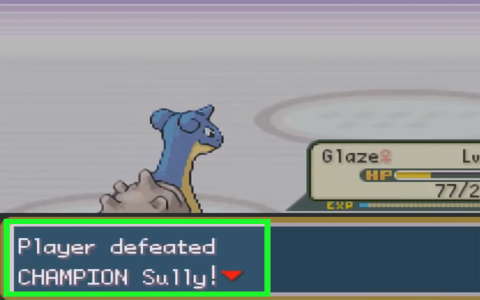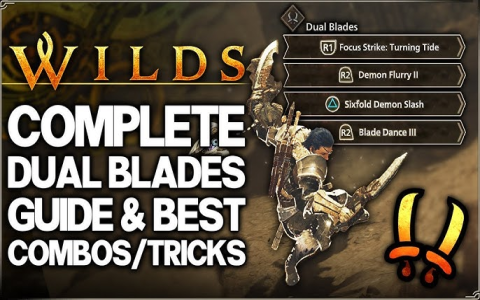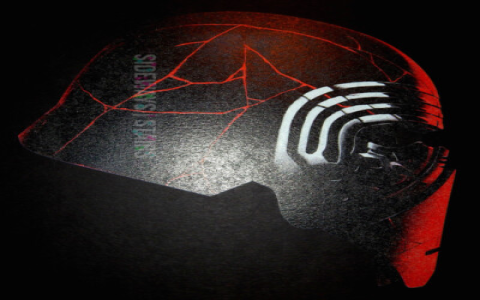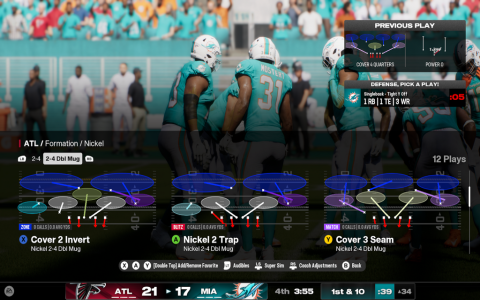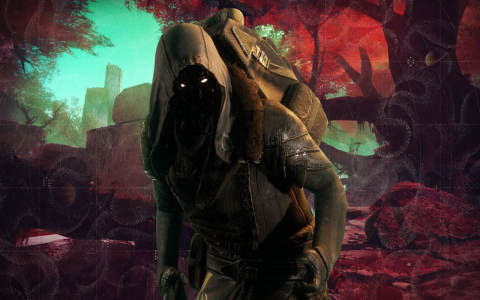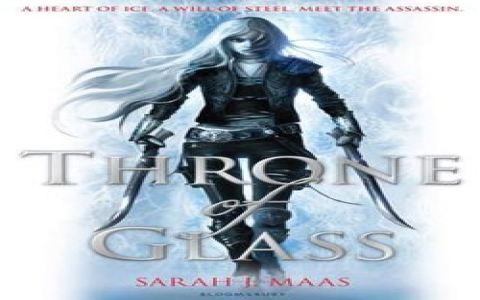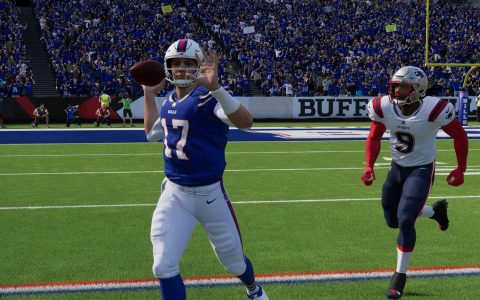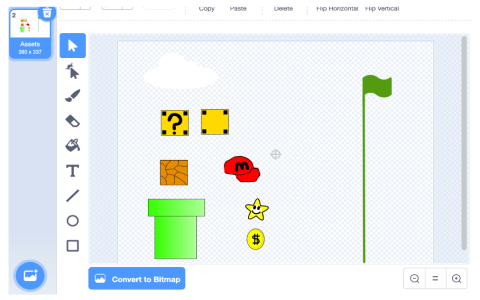My FSR 4 Testing Day with the PS5 Pro
So I finally got my hands on the PS5 Pro upgrade patch everyone’s buzzing about, ready to see this “FSR 4” magic everyone keeps yapping about. Grabbed my coffee, booted up the console – feeling that usual mix of excitement and “please don’t be hype”. Loaded into that open-world game everyone plays first with these visual upgrades, the one with the super tall buildings and lots of rain puddles. Looked sharp… but kinda always did on the Pro anyway.
First stop: Settings menu. Poked around until I found the new option tucked away – something like “Performance+” mode. Flipped it on. Immediate difference? Nah. But then I started actually playing. Ran towards a crowded street with like twenty NPCs walking around, all those signs blinking. Before, switching to performance mode felt like someone smeared grease on the screen a bit? That shimmering around edges? Yeah. This time? Way calmer. The flickering jagged edges on fences and wires just… looked smoother. It wasn’t magic crystal clear, but that annoying crawling and flicking? Mostly gone.
Next test: Jumped on a super-fast flying mount thing. Spun the camera wildly while flying low over city rooftops. Normally this is where the image goes mushy and details vanish into blurry soup until it catches up. With FSR 4 Performance+… it still got a bit messy when spinning crazy fast, but snapped back way quicker. Like, almost instantly. The shimmery mess on complex ironwork as I flew past? Toned down big time. Not perfect, but definitely felt less distracting.
Honestly, here’s what clicked for me with FSR 4:

- It fights the “jaggies” better: Those stair-step lines on buildings? Noticed less of them buzzing around.
- Cleaner performance vibes: Running around complex areas felt less like it was struggling to keep things sharp. Just felt… calmer.
- Less shimmer-madness: Thin stuff like chains, grass blowing in the wind, power lines – they still move and jiggle, but they look more like things and less like TV static.
- Overall sharper feeling: Not “resolution doubled” sharpness, just a feeling things hold their shape better when you’re running about.
Final thought? It’s subtle, but it makes playing fast modes way nicer. You’re not constantly noticing the tech failing. It feels simpler, cleaner. Does it suddenly make your PS5 Pro look 3 generations ahead? Nah. But it makes games feel more solid, less distracting, when you crank up the speed. Worth the toggle flip? For me, absolutely. It just lets you enjoy the game instead of seeing all these shiny things falling apart!
